Archives
- 2018-07
- 2018-10
- 2018-11
- 2019-04
- 2019-05
- 2019-06
- 2019-07
- 2019-08
- 2019-09
- 2019-10
- 2019-11
- 2019-12
- 2020-01
- 2020-02
- 2020-03
- 2020-04
- 2020-05
- 2020-06
- 2020-07
- 2020-08
- 2020-09
- 2020-10
- 2020-11
- 2020-12
- 2021-01
- 2021-02
- 2021-03
- 2021-04
- 2021-05
- 2021-06
- 2021-07
- 2021-08
- 2021-09
- 2021-10
- 2021-11
- 2021-12
- 2022-01
- 2022-02
- 2022-03
- 2022-04
- 2022-05
- 2022-06
- 2022-07
- 2022-08
- 2022-09
- 2022-10
- 2022-11
- 2022-12
- 2023-01
- 2023-02
- 2023-03
- 2023-04
- 2023-05
- 2023-06
- 2023-08
- 2023-09
- 2023-10
- 2023-11
- 2023-12
- 2024-01
- 2024-02
- 2024-03
- 2024-04
- 2024-05
- 2024-06
- 2024-07
- 2024-08
- 2024-09
- 2024-10
- 2024-11
- 2024-12
- 2025-01
- 2025-02
- 2025-03
-
The binding of TQ to hsALDH changes the characteristic
2024-07-30
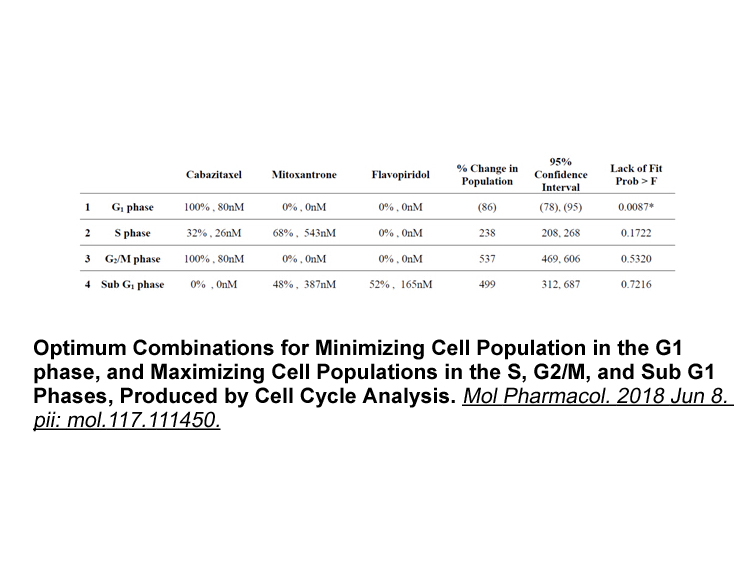
The binding of TQ to hsALDH changes the characteristic Neuropeptide Y 13-36 (porcine) spectrum of the enzyme. Therefore, TQ forms a complex with hsALDH and changes its absorption properties [39]. Ksv and Kb values indicate that the binding of TQ to hsALDH is very strong and of the order of static b
-
Differentiation of skeletal myoblasts is a tightly orchestra
2024-07-30
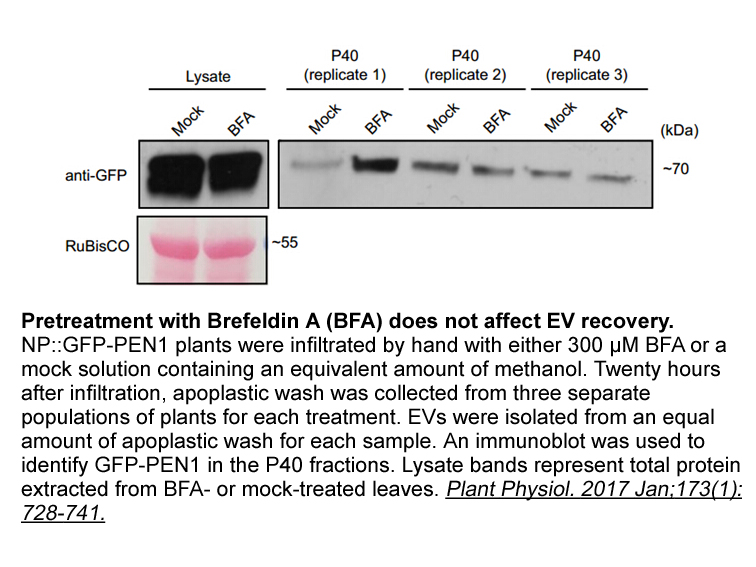
Differentiation of skeletal myoblasts is a tightly orchestrated process that involves myoblast proliferation, retinoic acid receptor withdrawal, expression of muscle-specific genes, and fusion into multinucleated myofibers (Horsley and Pavlath, 2004; Krauss, 2010). The maintenance of muscle mass is
-
Ginsenosides are the major bioactive constituents of the Pan
2024-07-30
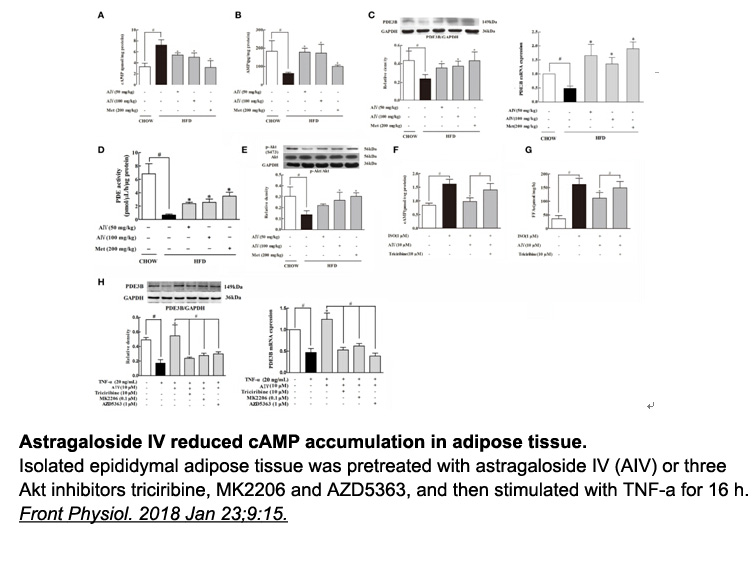
Ginsenosides are the major bioactive constituents of the Panax ginseng root, which contain many types of ginsenosides including Rb1, Rg1, Rc, and Rg3. The ginsenoside Rb1 appears to be the most abundant of the bioactive ginsenosides [15]. Rb1 exhibits antiinflammatory, anticarcinogenic, and antioxid
-
br KYN Acts on AhR To
2024-07-30
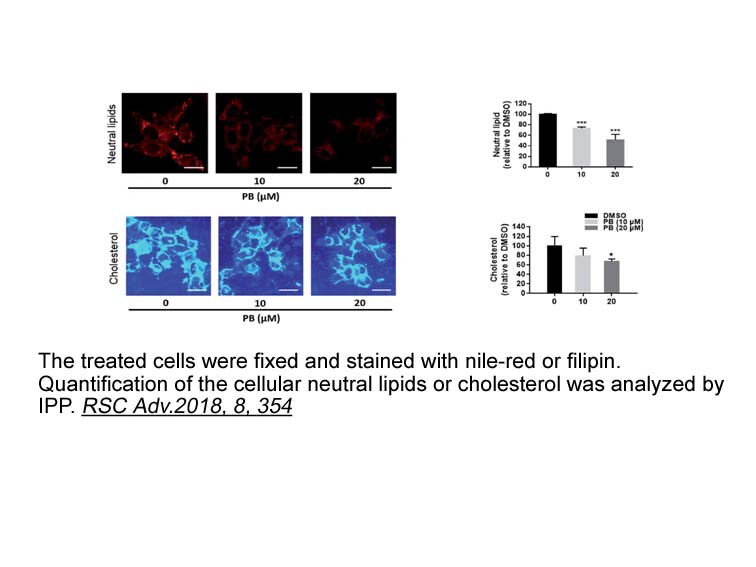
KYN Acts on AhR To Induce Tolerogenic Immunity IDO1 and TDO2 are intracellular heme-containing metalloproteins that catalyze the committing and rate-limiting step of the KYN pathway (KP) that converts the essential amino Peramivir australia tryptophan to a series of biologically active second met
-
Ketogenic diets are more effective in promoting weight loss
2024-07-30
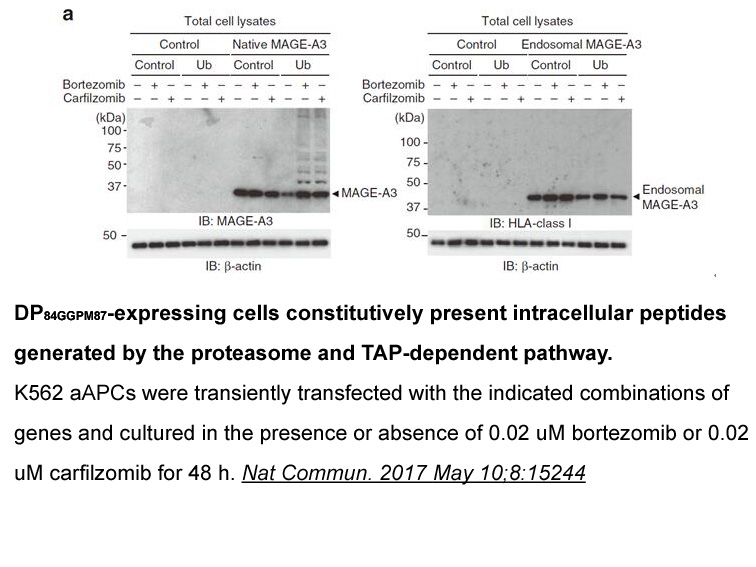
Ketogenic diets are more effective in promoting weight loss than conventional caloric restriction [26] however, their effect on hepatic glucose and lipid metabolism remains inconclusive. Blood glucose homeostasis is tightly regulated. In both mice and humans consuming KD, baseline blood glucose decr
-
tak 242 In eukaryotes class III ACs including GCs
2024-07-30

In eukaryotes, class III ACs (including GCs) are almost universally present, with the noteworthy exception of higher plants. Our dataset comprises 9690 sequences of class III nucleotide cyclases from 710 eukaryotic species. Approximately 80% thereof belong to subclass IIIa and 10% to subclasses III
-
There has been growing interest over computational methods t
2024-07-30
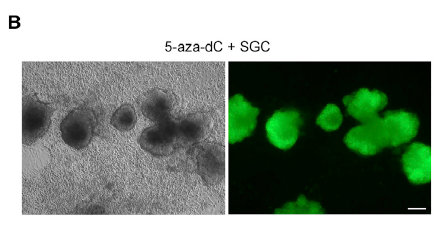
There has been growing interest over computational methods to predict the biological activity by chemical structure, so as to decide whether it NS 1738 has objective qualities or not. In this contribution, the well-known method, which is called quantitative structure–activity relationship (QSAR) [13
-
In summary we could identify and experimentally confirm two
2024-07-30
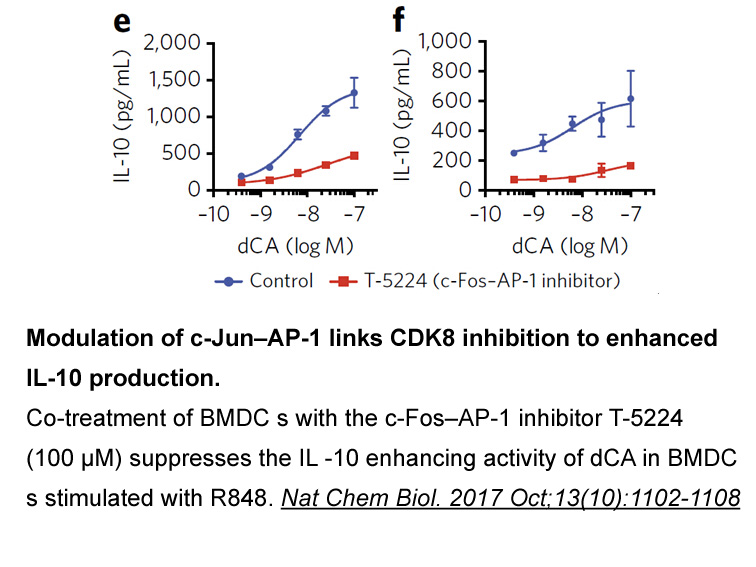
In summary, we could identify and experimentally confirm two novel SBEs within the 5-LO promoter and we were able to demonstrate that TGFβ and SMADs stimulate 5-LO promoter activity. Moreover, an elevated 5-LO expression has been linked to different forms of leukaemia. Therefore, the influence of M
-
br Conflict of interest br Introduction Ovarian
2024-07-30
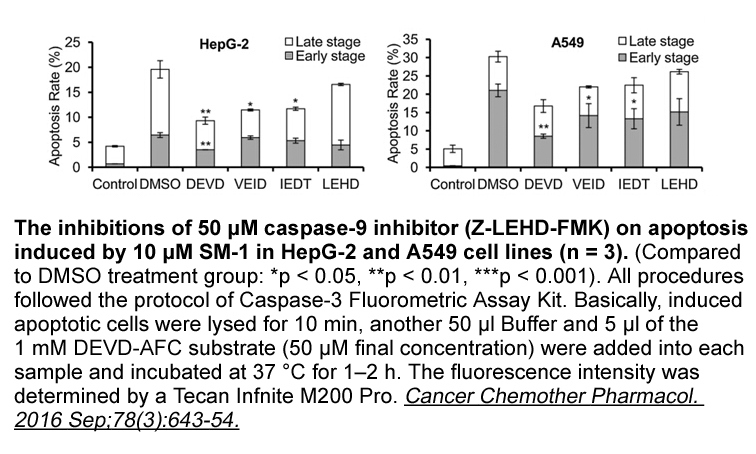
Conflict of interest Introduction Ovarian cancer is the most lethal gynecological malignancy, and ranks as the fifth leading cause of cancer death among women. The American Cancer Society estimates that about 22,280 new ovarian cancer cases and 14,240 deaths will occur in the United States in
-
Although plant Aurora kinases can be clearly grouped into
2024-07-30
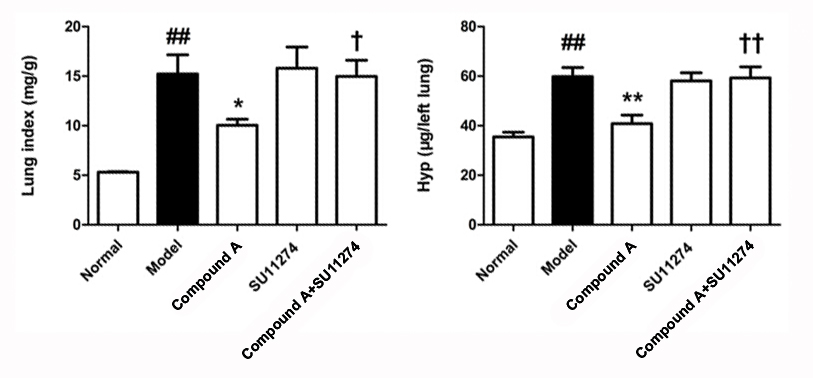
Although plant Aurora kinases can be clearly grouped into functional clades, the roles of the respective clades does not seem to be evolutionarily conserved. AtAurora 1 labels kinetochore microtubules [19], similarly to mammalian Aurora A, while its targeting to the cell plate resembles features of
-
The distribution and subcellular localization differs betwee
2024-07-30
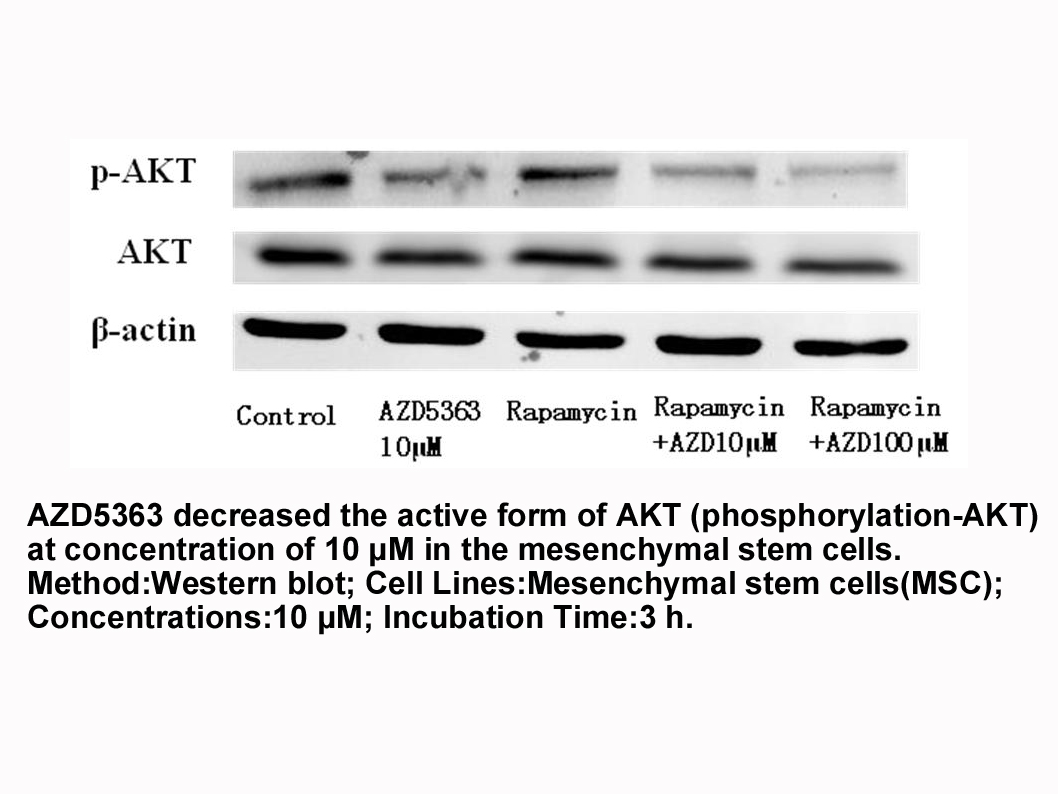
The distribution and subcellular localization differs between the subtypes of mGlu receptors. Most mGlu receptors are broadly expressed in the brain, except for mGlu6, which is restricted to the retina. Some mGlu receptors are additionally found in glial cells, such as mGlu3 and mGlu5 (Aronica et al
-
The most likely explanation for the species differences
2024-07-30
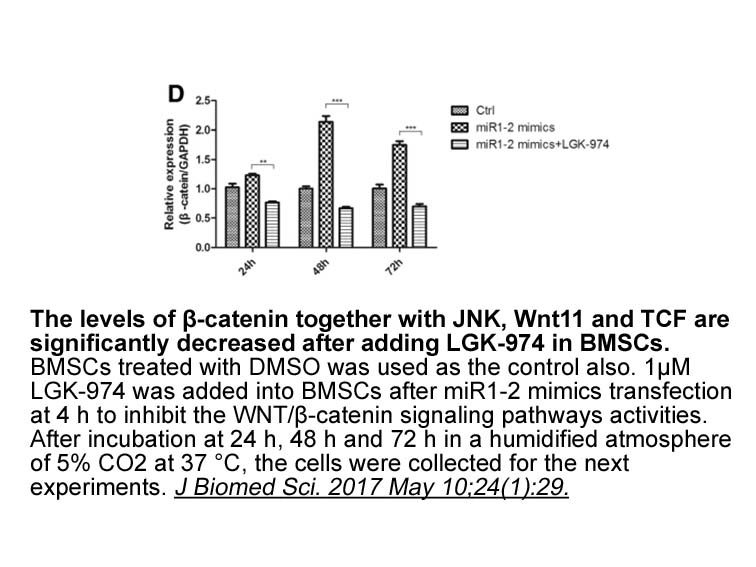
The most likely explanation for the species differences in aromatase distribution and the unique Malonic acid distribution in humans is the unique location, size and highly elaborate organization of the human aromatase gene (e.g. Bulun et al., 2003). The human Cyp19 is a large gene located on chrom
-
br Dysregulated aromatase expression the link between
2024-07-30
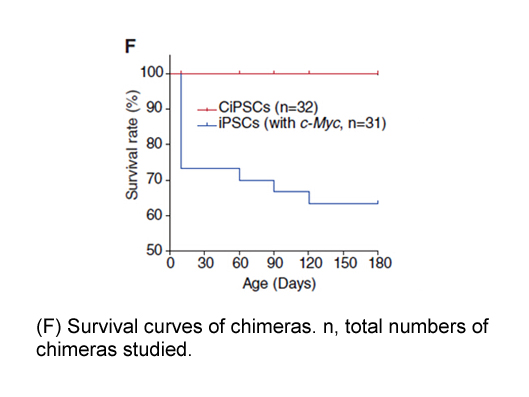
Dysregulated aromatase expression: the link between obesity and breast cancer Obesity has been associated with abnormally high expression of the enzyme aromatase in the breast, influencing the local production and bioavailability of estrogens (Morris et al, 2011, Subbaramaiah et al, 2012). Bowers
-
The physiologic conditions and signaling mechanisms that reg
2024-07-30
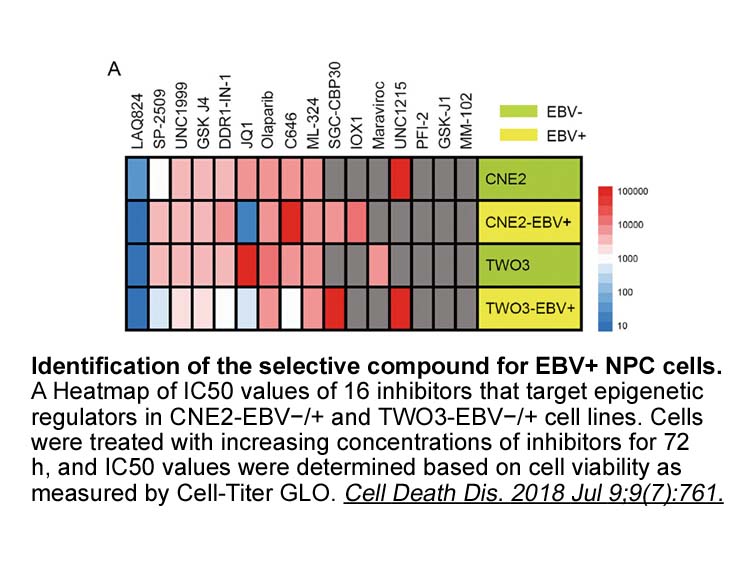
The physiologic conditions and signaling mechanisms that regulate apelin secretion and APLNR expression in malignant tissues appear to be multifactorial. Previous studies have shown that hyperplastic and neoplastic cholangiocytes secrete a variety of hormones, peptides, and growth factors that help
-
Echinocandin resistance is systematically associated with
2024-07-29

Echinocandin resistance is systematically associated with point mutations in either FSK1 or FSK2 genes [7], [104]. These mutations are located in two different not spot regions of these genes named HS1 and HS2. Hot spot mutations have been reported in C. albicans, C. glabrata, C. tropicalis, C. krus
15923 records 97/1062 page Previous Next First page 上5页 96979899100 下5页 Last page